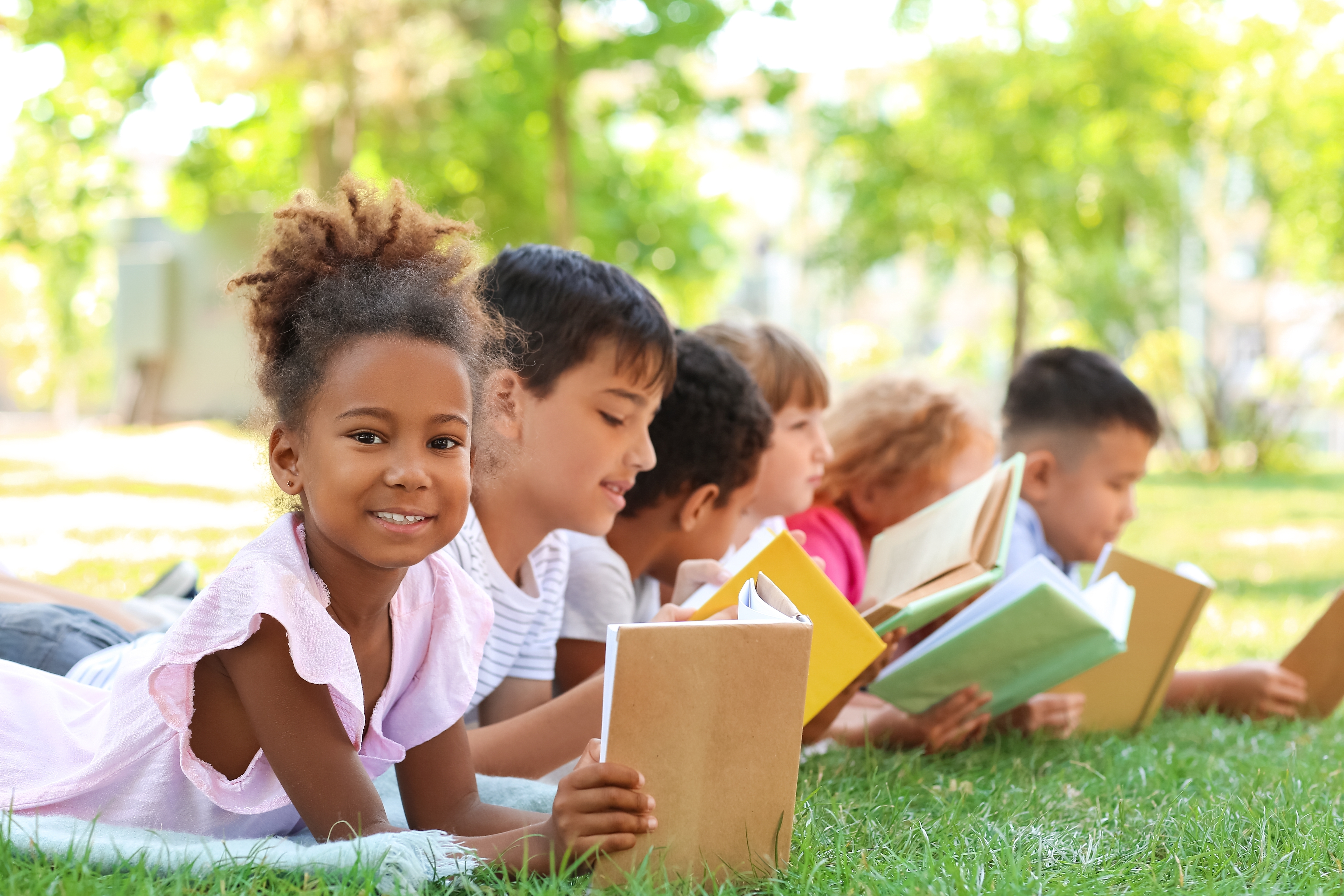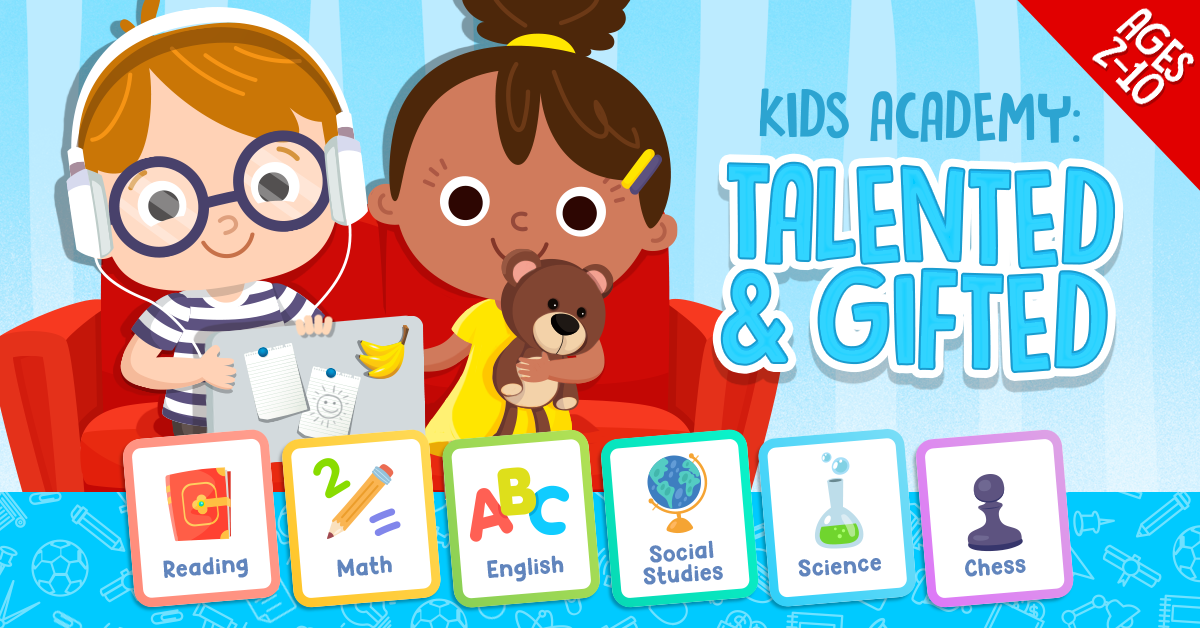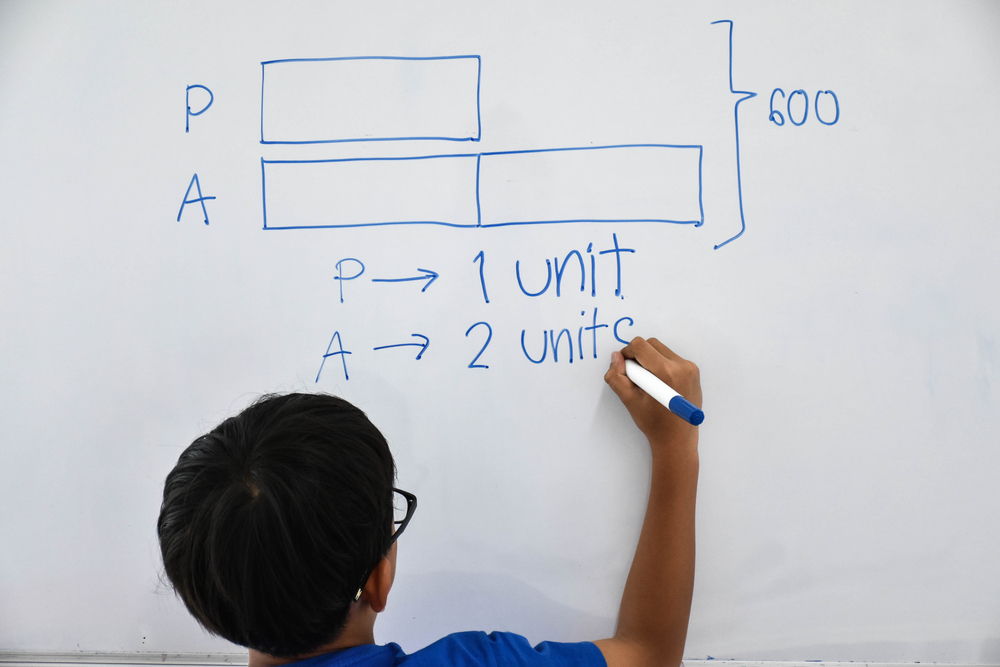Word Recognition Normal Reading Comprehension Worksheets for Ages 3-7
6 filtered results
-
From - To
Enhance your child's reading skills with our "Word Recognition Normal Reading Comprehension Worksheets" designed specifically for ages 3-7. These engaging, colorful worksheets help young learners develop essential word recognition abilities, setting the foundation for effortless reading comprehension. Through interactive exercises, children will encounter vibrant illustrations and age-appropriate vocabulary that make learning enjoyable. Our carefully curated resources foster critical thinking and promote language development while building confidence in literacy skills. Perfect for parents and educators, these worksheets cater to various learning styles, ensuring each child's unique needs are met. Give your child the gift of reading and prepare them for a successful future!
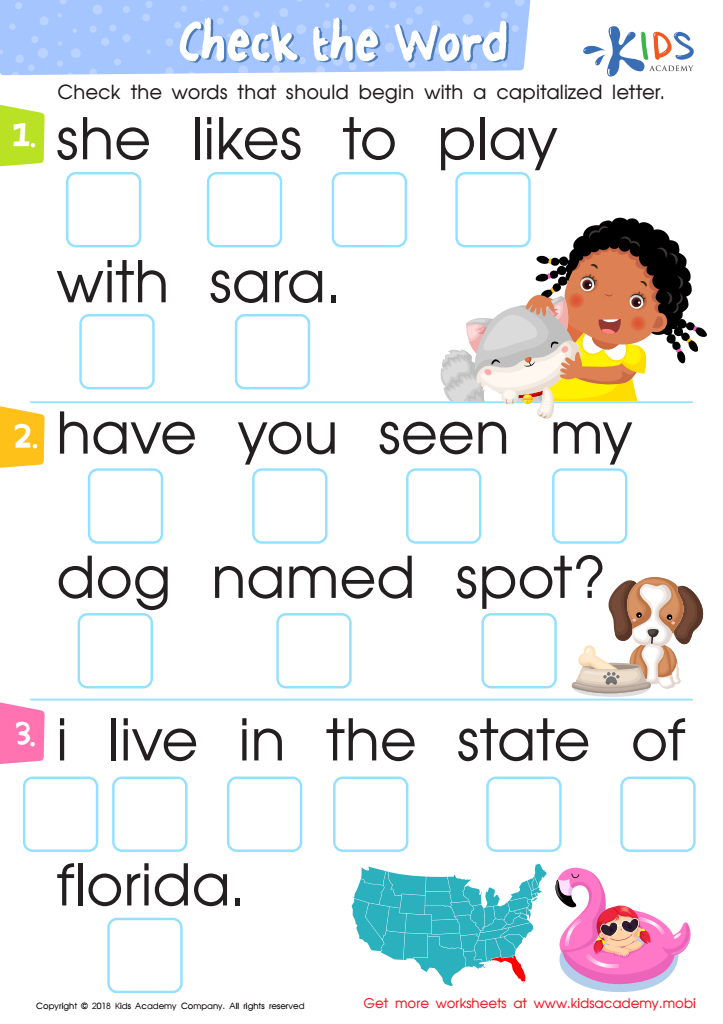

Check the Word Worksheet
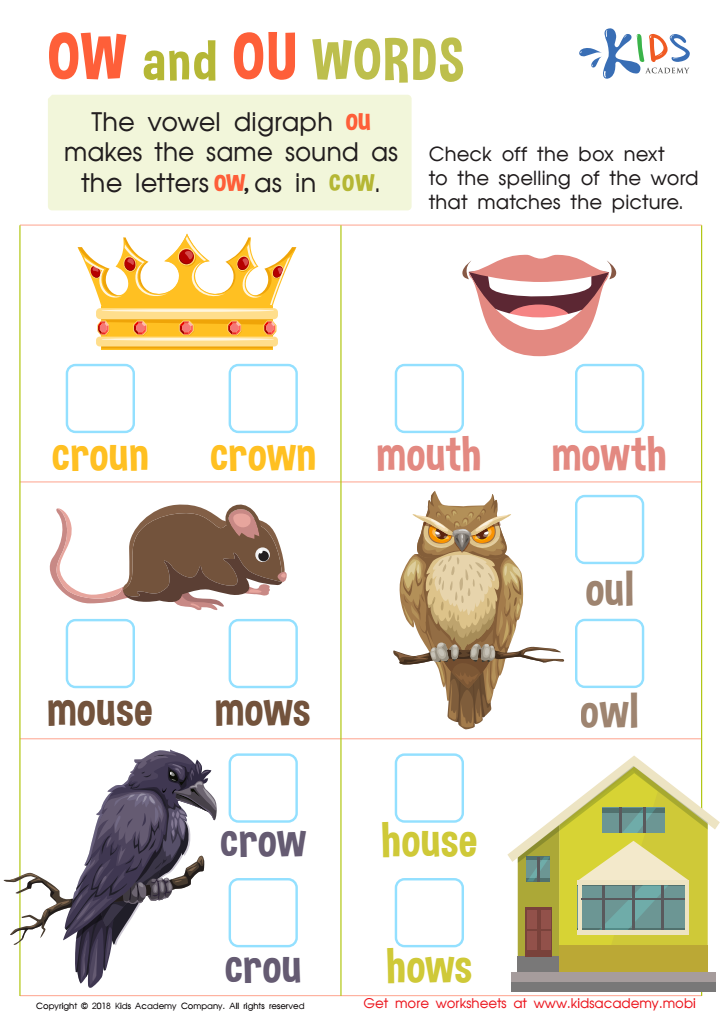

Reading: OW and OU Words Worksheet
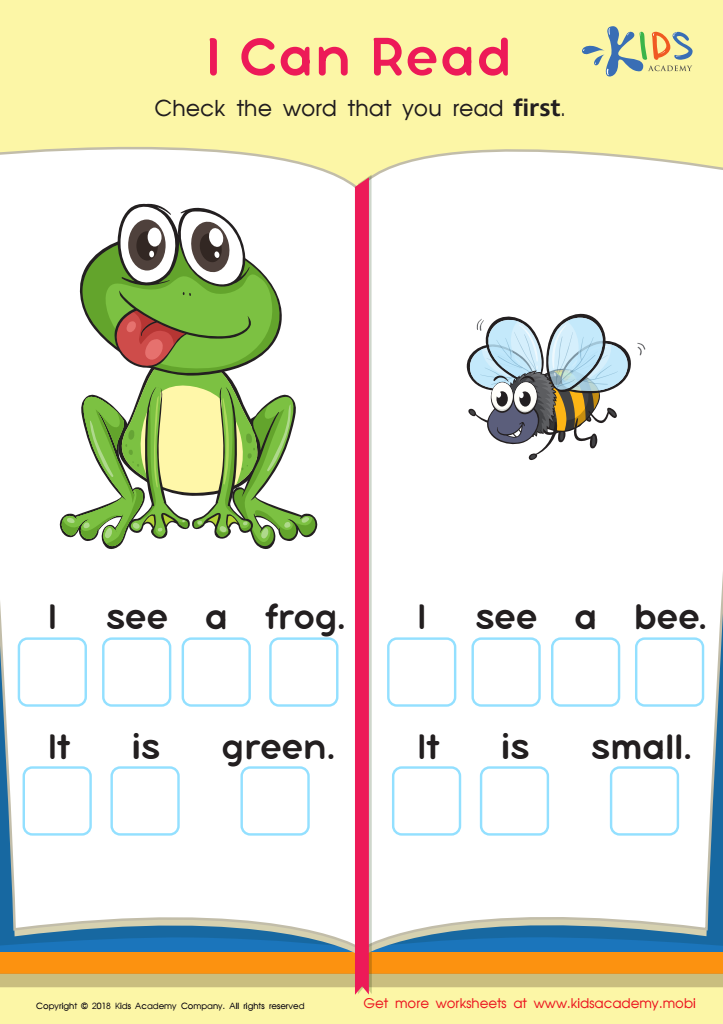

I Can Read Worksheet
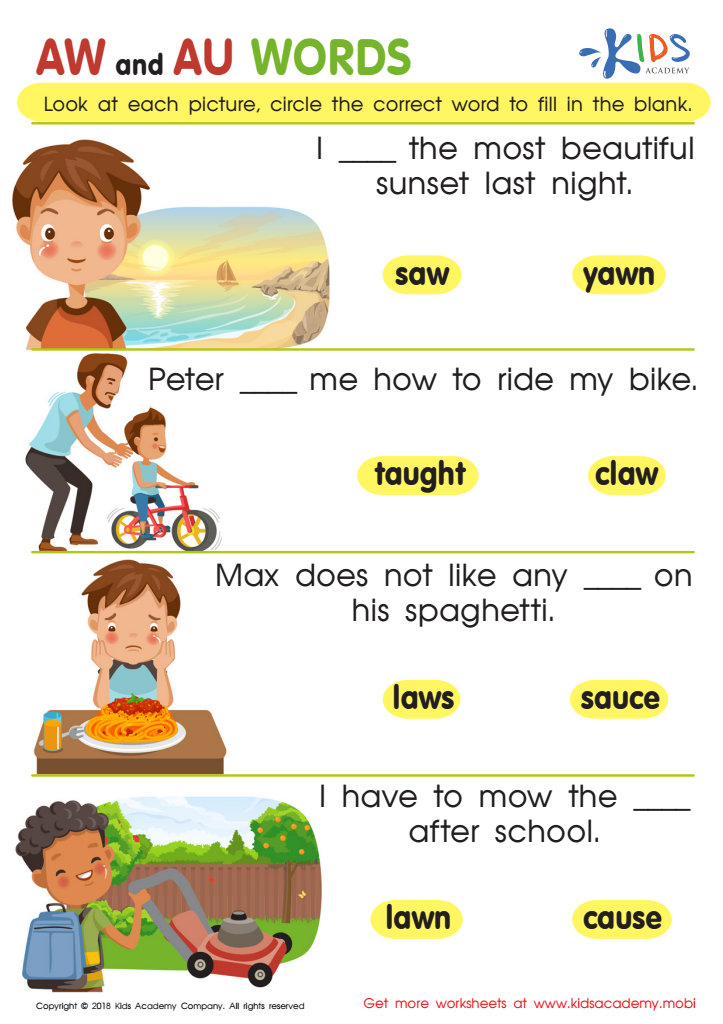

Reading: AW and AU Words Worksheet
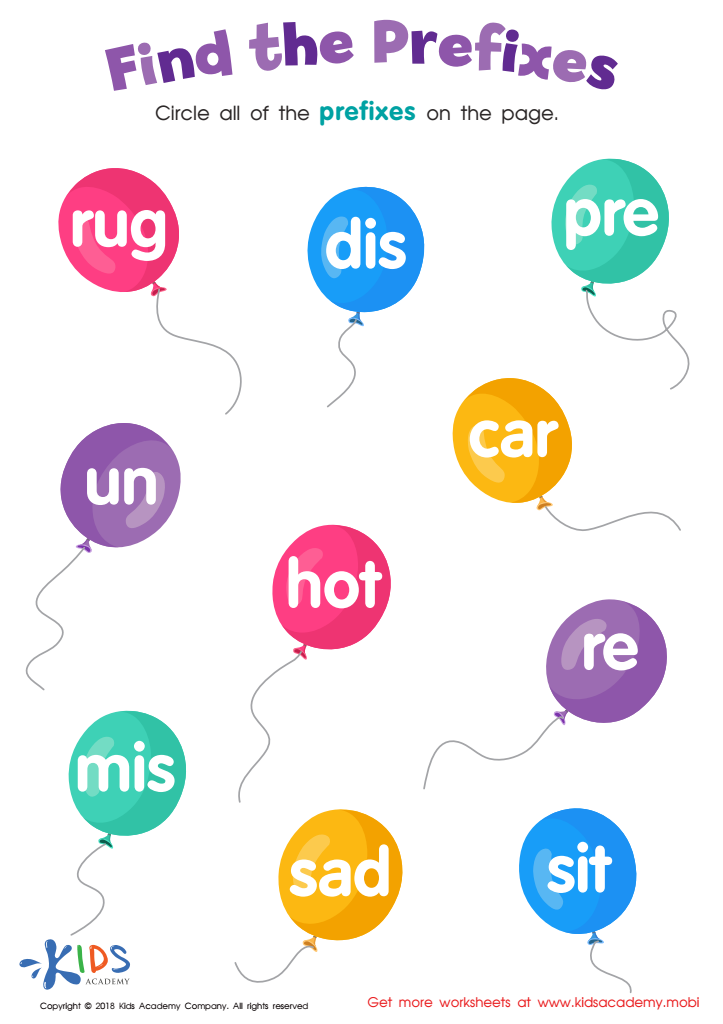

Reading: Find the Prefixes Worksheet
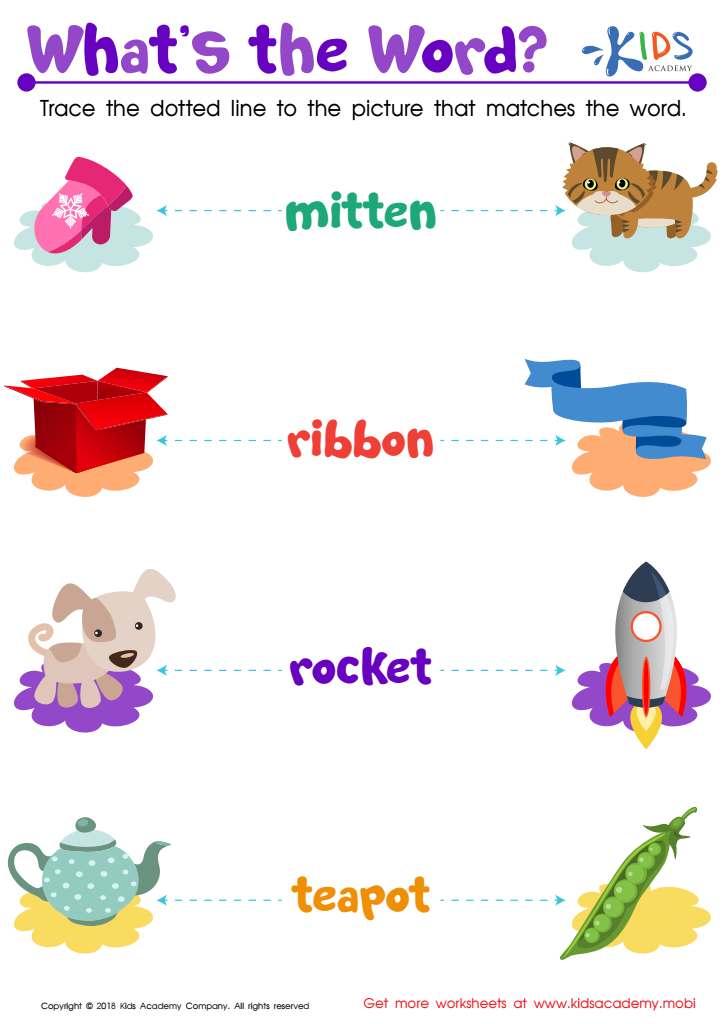

Reading: What's Word Worksheet
Word recognition and reading comprehension are fundamental skills that significantly impact a child’s early literacy development, especially for ages 3-7. During these formative years, children build the scaffolding needed for future academic success, and proficient word recognition serves as a gateway to reading fluency. When children recognize words effortlessly, they can focus their cognitive resources on understanding and interpreting the text, rather than merely decoding it.
Parents and teachers should prioritize these skills because strong reading skills correlate with overall academic achievement. Early exposure to books, guided reading activities, and literacy-rich environments can enhance a child's vocabulary, comprehension, and critical thinking skills. Moreover, engaging in shared reading and discussions about stories can nurture a child's ability to retell, predict, and reflect—key components of comprehension.
Additionally, fostering word recognition and comprehension can instill a love for reading, promoting lifelong learning habits. It helps children navigate not only academic challenges but also personal and emotional experiences as they engage with varied texts. Ultimately, supporting these skills helps to build confident, enthusiastic readers equipped to thrive in school and beyond, shaping their future aspirations and success. Investing time and resources in these areas in early childhood yields lasting benefits for both children and society.
 Assign to My Students
Assign to My Students



.jpg)
